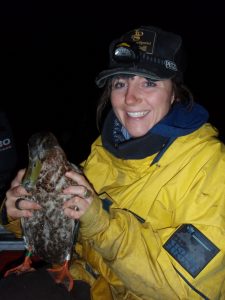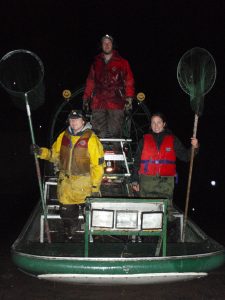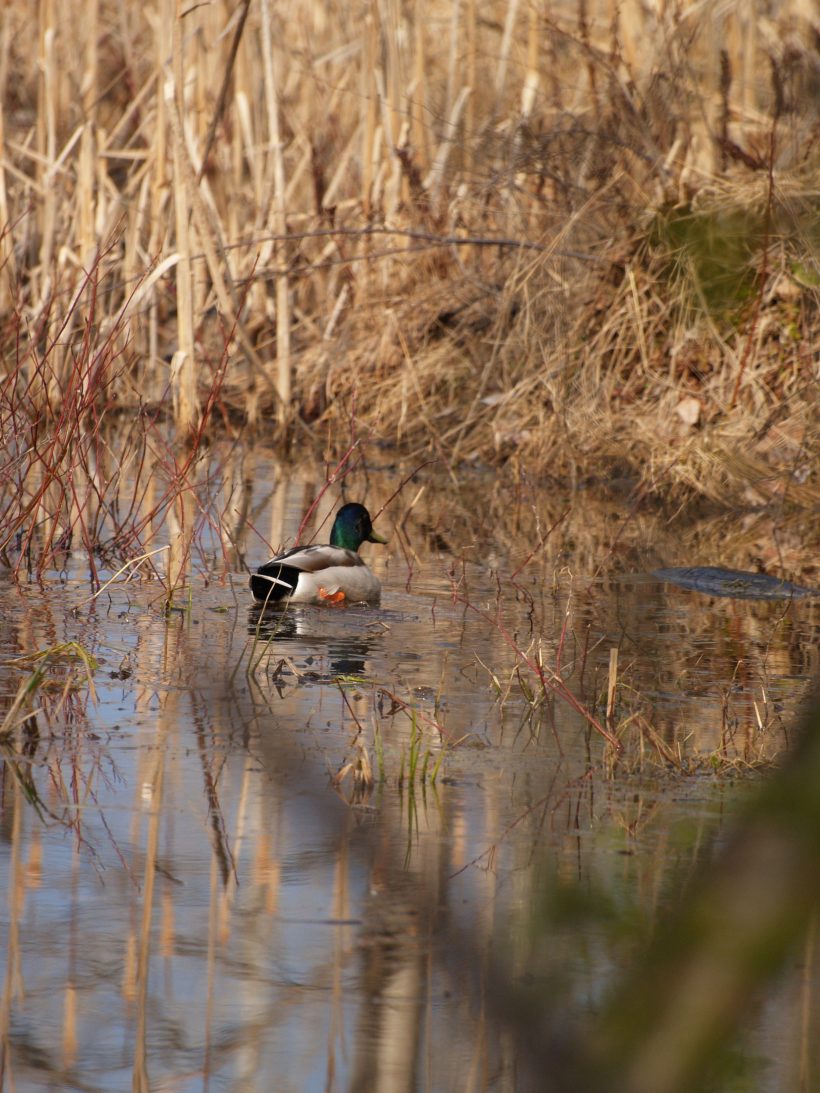WATERFOWL RESEARCH
Where does the time go? It seems like just yesterday that I took part in an all night duck banding program with the then MNR. Yet it was 11 years ago!
It seems that bird banding was first recorded in 1595 when one of France’s King Henry 1V’s peregrine falcons flew away only to be found 1,350 miles away. As for North America Audubon is first credited with banding Phoebes in 1803. In Ontario, Wild Goose Jack Miner is well known for banding Canada geese; each band containing a Biblical verse.
The bands of course record where the banding took place; not necessarily the same as where the bird originated.

Matthew Palumbo, a former researcher at Western University, London, Ontario and presently with the New York State Department of Environmental Conservation has published two papers, one on Mallards (2019) and one on Blue-winged teal (2020) based upon studying isotopes.
I looked up “isotope” and discovered that it means – “iso-same” and “tope – place.” These are little atoms (aren’t they all?) that help to reveal specific geographical locations. “We were using stable isotopes as a means to infer general locations (not specific like GPS transmitter but more regional) of where birds either molted their feathers (adults) or where hatched (if they were hatched that year).”(Palumbo)
A banded bird will reveal where it was both banded and harvested; a stable isotope in the flight feathers will indicate where the bird hatched or molted. The mallard paper came from Ontario’s Lake St. Clair region whereas for the Blue-winged Teal study birds were studied from Northern Ontario, Southern Ontario, southern Saskatchewan and southern Manitoba. All were hunter harvested.
The Mallard study discovered that a large percentage of the birds were not local. Specifically, only 13-22% of birds that hatched that year were local whereas 4-12% were “after hatch year birds.”
Palumbo emphasizes that banding data are vital to waterfowl management and using stable isotopes is another tool for managers. “It does not replace banding. Everyone should report their bands to help aid in sustainable management of waterfowl populations.” (Palumbo)
Given the present COVID-19 circumstances waterfowl managers can use all the help that is available.

